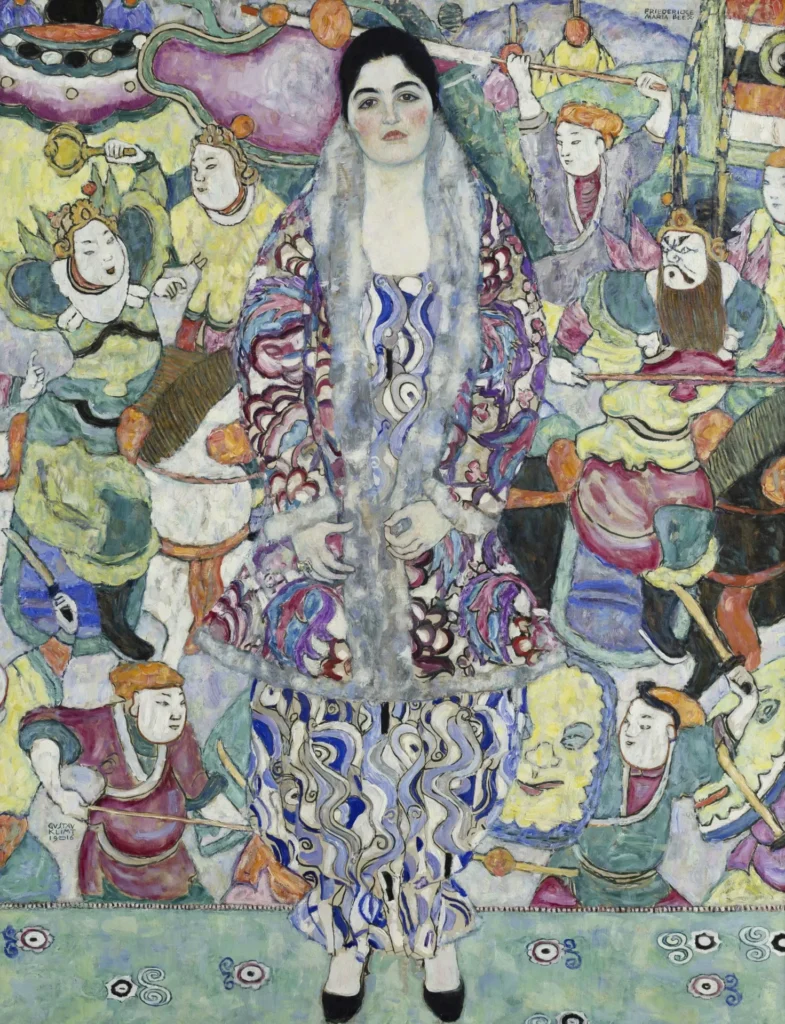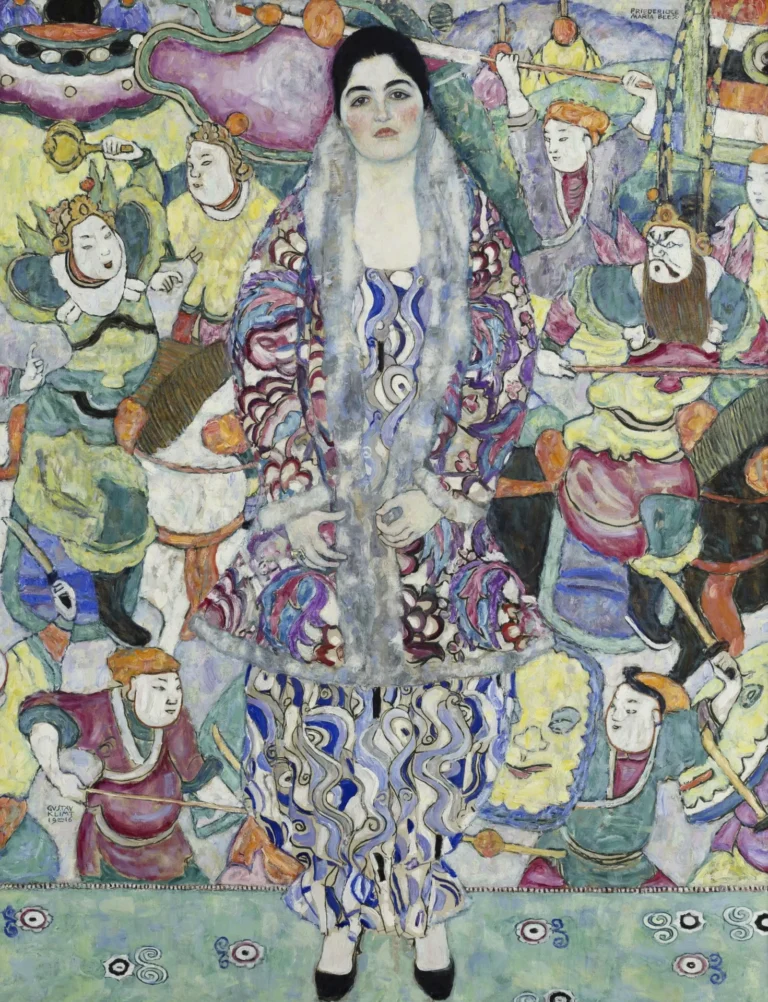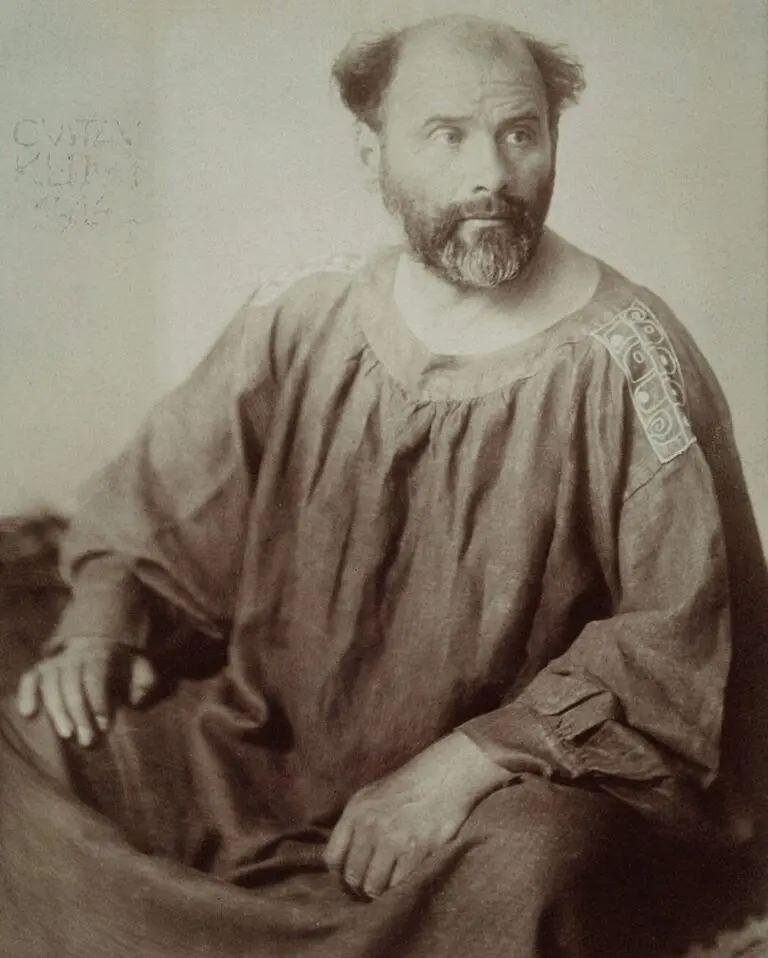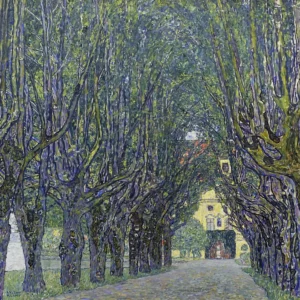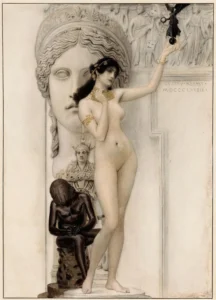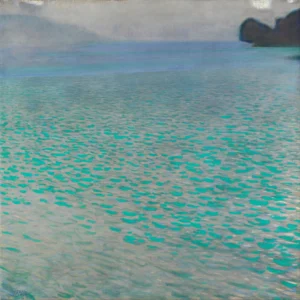Portrait of Friederike Maria Beer (1916)
The Portrait of Friederike Maria Beer by Gustav Klimt is an exquisite oil on canvas painting, measuring 168 x 130 cm. It captures the sitter in a symmetrical pose, adorned in a stylish Viennese Workshop dress and a fur coat worn inside out to exhibit its decorative lining. The background features an imaginative oriental screen with dynamic scenes that starkly contrast the sitter's composed demeanor, reflecting the tumult of the First World War while showcasing Klimt's signature blend of Art Nouveau and Japonism. This painting not only highlights the beauty of its subject but also the complexity of the era it was created in.
Year 1916
About the Artwork
Created during the challenging times of World War I, Klimt's portrait of Friederike Maria Beer embodies the contrast between the personal and the global. Beer was previously painted by Egon Schiele, yet it was her vision that guided Klimt to choose her attire, revealing her desire to engage with the artistic aesthetics of the time. The use of the fur coat inside out symbolizes resilience in facing the hardships of the war. The figures on the oriental screen serve as a poignant reminder of the violence and chaos enveloping Europe. Klimt's work showcases not only his artistic evolution but also the intertwined narratives of beauty and strife during this historical period.
Did You Know
Friederike Maria Beer’s choice to wear the fur coat inside out was a distinctive fashion statement, emphasizing the intricate decorative lining and symbolizing her resilience amidst the struggles of wartime Vienna.
The oriental screen in the background, depicting figures on horseback, echoes Klimt’s fascination with Asian art, a signature element in many of his late works that reflects Japonism’s impact on European art.
Before being painted by Klimt, Friederike Maria Beer was the subject of a portrait by Egon Schiele in 1914, showcasing her importance in the Viennese art scene and her connections with prominent artists of the time.




